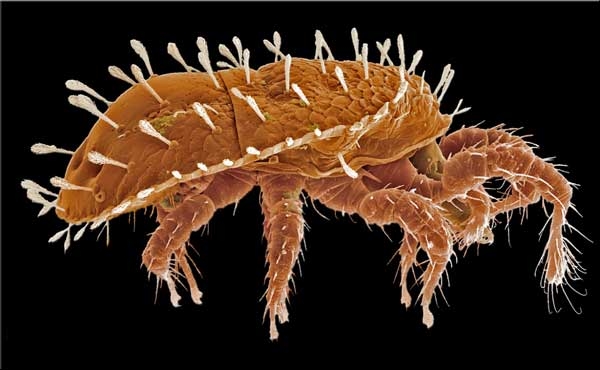There is a lot of interest in soil health and how it may be improved by introducing beneficial soil bugs such as tricoderma and bacteria; or by adding humic acid and composts; or by increasing soil organic matter.
Yet there is another world of soil dwellers that are never thought of!
We (humans) are told that we need a healthy lifestyle to help prevent disease and give us a long, healthy life. We need to have a balanced diet, an exercise program, and a well-adjusted work–life balance, so we are not over stressed and over worked, thus giving us time to enjoy life, and time to stop and smell the flowers.
We need our soils like this too: healthy and balanced for a long productive life of both the soil and the tree crops planted in them.
A natural balance
A soil has a natural balance of bugs.
While we modify the natural soil environment with a ‘monocrop’ of tree roots, we also add nutrients in the form of fertiliser, we recycle nutrients when leaves fall and rot, and we add organic matter in forms like straw or green mulch (mowing the inter-row and throwing this onto the tree line).
We attempt to improve the soil physical attributes and the soil chemistry, but think little of the whole complex environmental system under our feet.
The food web is the model depicting the many food chains linked together to show the feeding relationships of organisms in an ecosystem.
These soil microbes bacteria, fungi, the macro animals and plants are all part of the food web that affects the health and biodiversity of our soils.
For example, for micro (minute, not just small) arthropods (spiders and mites), the topsoil and mulch layers are a veritable jungle—a wilderness of predators, pathogens, and meals.
In this environment are the macromites. From 0.1 to 0.5 mm in size these tiny critters are part of the complex food web.
Macromites
Many of these macromites are fluid feeders. They simply insert their mouthparts into their prey and draw up the fluid contents.
This is easy enough when you have a large enough prey item into which to sink your mouthparts.
However, in a desert-like environment such as deep soil or sand, prey items aren’t often in the big-and-easy size category. Instead, much of the biomass of these habitats is composed of bacteria and yeasts, which are far smaller than any mite.
New mite species
Samuel Bolton and collaborators at Ohio State University recently described a new species and genus of mite that appears to have come up with an ingenious solution to this problem.
(continued next month)
For more information, see Tree Fruit August 2015




















